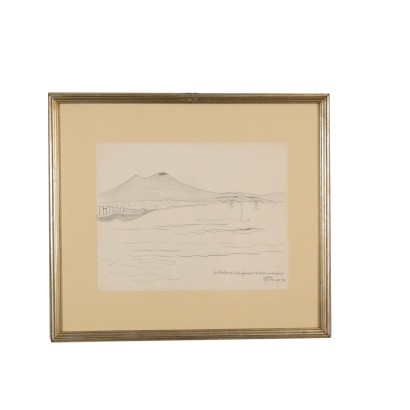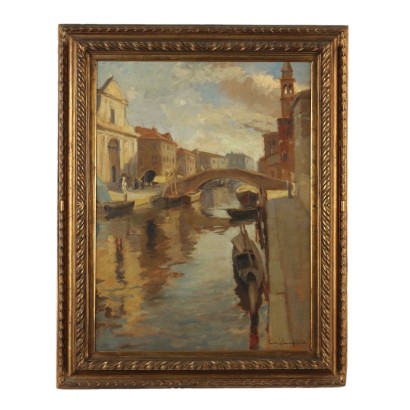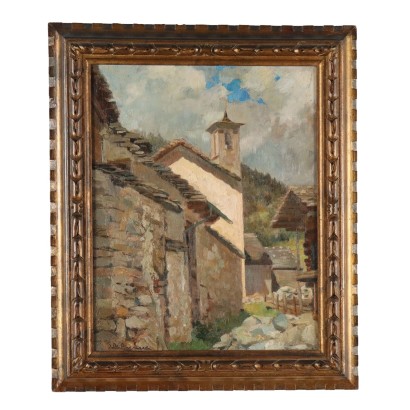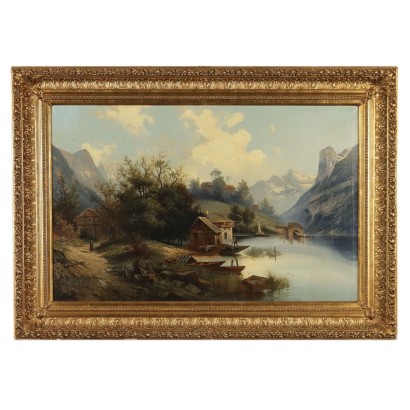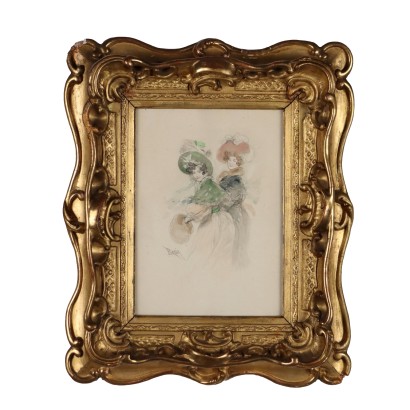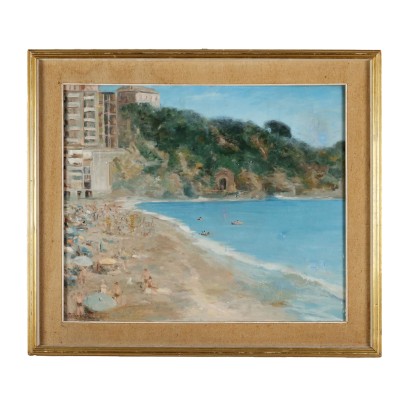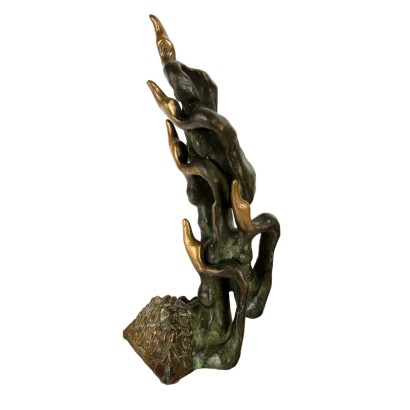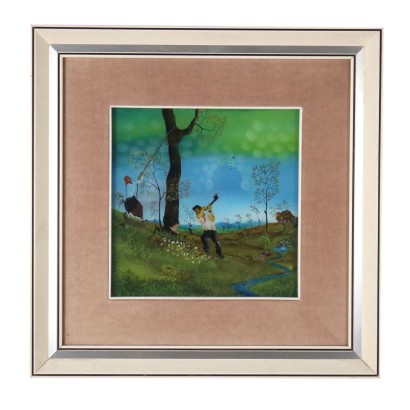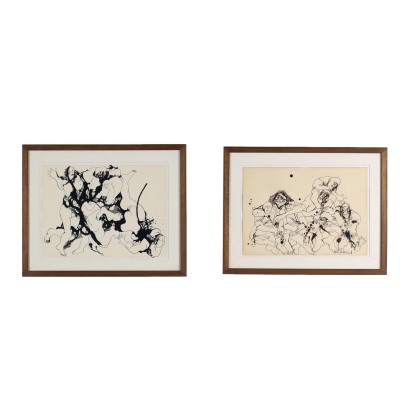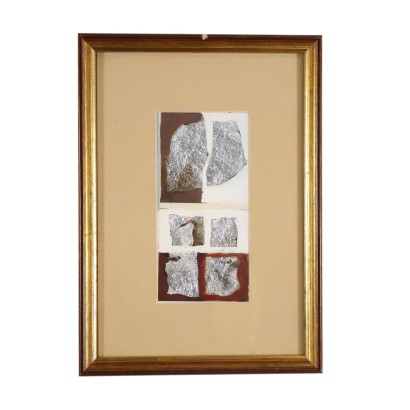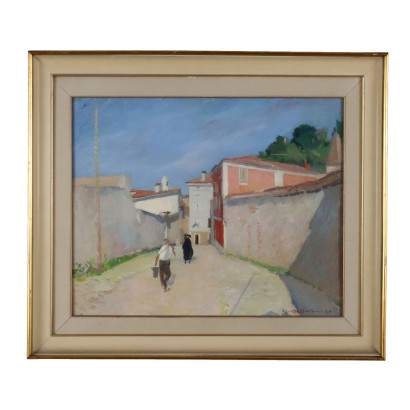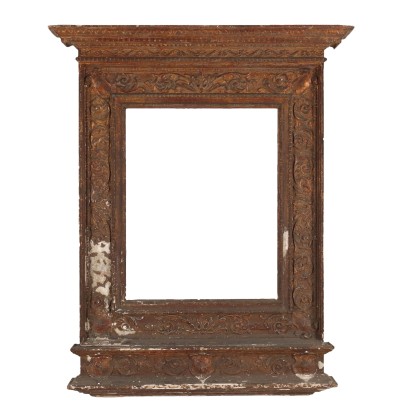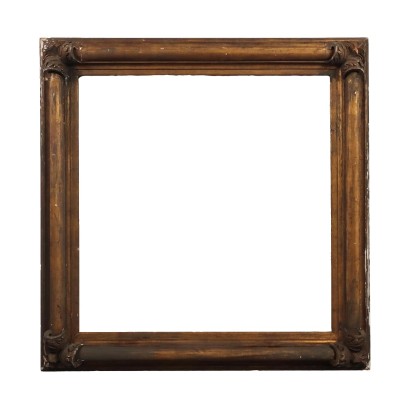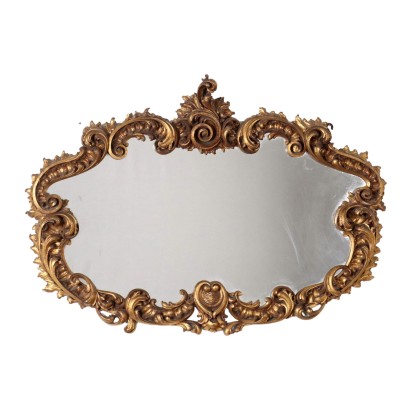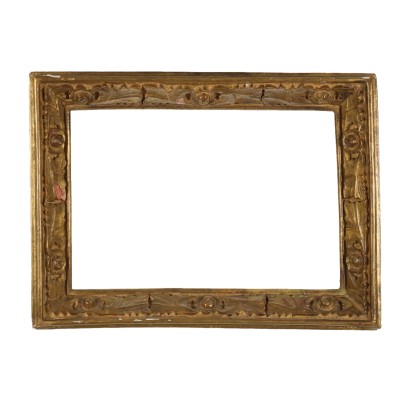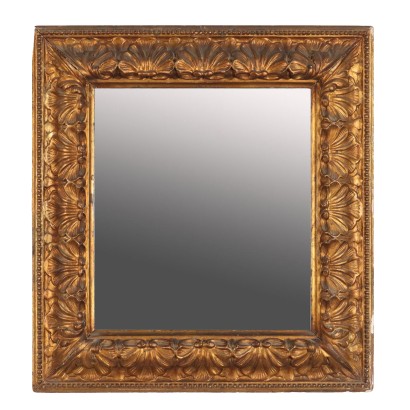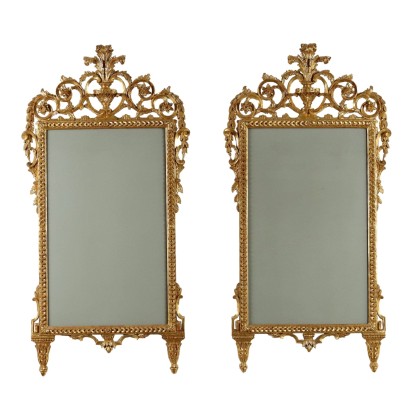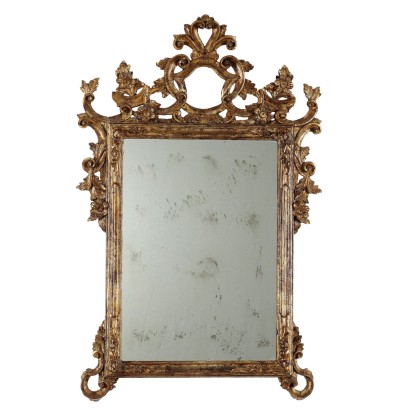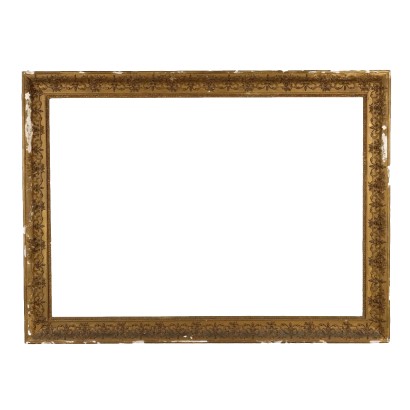Maurice Henry Ink on Paper France 1969 - Les Bouches de Naples gemissent de Terreur ou de Plaisir 1969
Features
Les Bouches de Naples gemissent de Terreur ou de Plaisir 1969
Artist: Maurice Henry (1907-1984)
Artwork title: Les bouches de Naples gemissent de terreur ou de plaisir
Age: 20th Century / 1901 - 2000
Subject: Caricatures, satirical drawings
Artistic technique: Drawing
Technical specification: Ink
Description : Les bouches de Naples gemissent de terreur ou de plaisir
Ink on paper. Signature, date and title below. Accompanied by authentication on photo from Galleria Giò Marconi in Milan and stamp from private archive. It is the drawing of the young artist who soon became one of the most important exponents of world surrealism, who was a poet and painter, but also a filmmaker, art and film critic, photographer and humorous designer. Born in the north of France, in 1927 he settled in Paris, where he came into contact with a group of young poets and philosophers, with whom he founded the '' Grand Jeu '' movement: play is understood as an art of living. Since 1928 he has collaborated with texts, poems and drawings for the movement's magazine and in the meantime he collaborates as an editor and reporter with various Parisian newspapers.In 1932, having exhausted the experience of the `` Grand Jeu '', he passes to the surrealist movement, collaborating on its publications and participating in its exhibitions. His humor turns towards the unusual and cruelty, more and more derisive of the absurdity of everyday life, of the tragic side of common existence, to which the spirit and the unconscious rebel, trying to access the unobservable. Knows Salvador Dalí. In 1939 he also began his activity as a filmmaker. In 1941 his first personal exhibition took place in Paris: the first buyer was Pablo Picasso. Participate in all surrealist exhibitions, including the 1947 international one in Paris. In 1951, for reasons relating to the internal discipline of the group, he abandoned the surrealist movement with others, while continuing to practice its poetics. In 1955 he also became passionate about photography. Since 1968 he has devoted himself almost exclusively to painting, abandoning the activity of humorous draftsman. In the same year he settled permanently in Milan: in Italy he exhibited in various personal exhibitions, those in Milan at the Galleria Marconi. The work presented here, an early drawing, comes from an important Milanese private collection. It is presented in a frame.
Product Condition:
Product in good condition, with small signs of wear.
Frame Size (cm):
Height: 43
Width: 49
Depth: 2
Artwork dimensions (cm):
Height: 26,3
Width: 34
Additional Information
Artist: Maurice Henry (1907-1984)
Born in the north of France, Maurice Henry settled in Paris in 1927, where he came into contact with a group of young poets and philosophers, with whom he founded the '' Grand Jeu "movement. Since 1928 he has collaborated with texts, poems and drawings for the magazine of the movement and in the meantime collaborates as an editor and reporter with various Parisian newspapers. In 1932, having exhausted the experience of the '' Grand Jeu '', he moves on to the surrealist movement, collaborating on his publications and participating in his exhibitions. He meets Salvador Dalí. In 1939 He also began his career as a filmmaker. In 1941 his first solo exhibition took place in Paris: the first buyer was Pablo Picasso. He took part in all the surrealist exhibitions, including the international one in 1947 in Paris. In 1951, for questions relating to discipline within the group, he abandoned the surrealist movement with others, while continuing to practice its poetics. In 1955 he also became passionate about photography. From 1968 he devoted himself almost exclusively to painting, abandoning starting the activity of humorous designer. In the same year he settled permanently in Milan: in Italy he exhibited in various personal exhibitions, those in Milan at the Galleria Marconi.Age: 20th Century / 1901 - 2000
20th Century / 1901 - 2000Subject: Caricatures, satirical drawings
Artistic technique: Drawing
Il disegno è il processo di tracciare segni su una superficie tramite l'applicazione di una pressione o il trascinamento di un apposito strumento sulla superficie. Gli strumenti sono: matite in grafite o colorate, penna, pennelli fini con inchiostro, pastelli a cera o carboncini; i supporti tradizionali più frequenti sono carta, cartoncino, tavola, muro, tela, rame, vetro.Technical specification: Ink
Other customers have searched:
Arte Novecento, dipinti del 900, olio su tavola, pittura olio su tela, arte 800, pittura antica, arte contemporanea, quadro del '900, quadro grande, quadro olio su tela..
Se sei un appassionato d'arte, non perderti i nostri approfondimenti sul Blog Arte Di Mano in Mano e su FineArt by Di Mano in Mano - Arte:
Leggi di più
Ecco alcuni tra i principali articoli:
Vedute
Falsi nell'arte antica
Un messaggio di fiducia per ripartire
La potenza espressiva dell'arte figurativa etiope
Breve Storia del Collezionismo
Giorgio Upiglio, maestro dei libri d'artista
Matthias Withoos detto "Calzetta bianca"
San Rocco pensaci tu - Classic Monday
Ecco alcuni esempi dell'arte del Novecento più bella che puoi trovare da noi:
I Raccoglitori di patate - Lavoro estivo - Augusto Colombo, 1935
I Taglialegna - Lavoro invernale - Augusto Colombo, 1933
Il lavoro femminile, Contardo Barbieri, 1954 ca.
Sapevi che l'arte può essere anche un ottimo investimento (e non solo per grandi portafogli)?
L'Arte tra Collezionismo e Investimento
FineArt: Arte come investimento
Dai un'occhiata alle nostre rubriche di divulgazione sull'arte:
Epoche
Lavorazioni e tecniche
Mostre ed Eventi
Protagonisti
Leggi di più
Ecco alcuni tra i principali articoli:Vedute
Falsi nell'arte antica
Un messaggio di fiducia per ripartire
La potenza espressiva dell'arte figurativa etiope
Breve Storia del Collezionismo
Giorgio Upiglio, maestro dei libri d'artista
Matthias Withoos detto "Calzetta bianca"
San Rocco pensaci tu - Classic Monday
Ecco alcuni esempi dell'arte del Novecento più bella che puoi trovare da noi:
I Raccoglitori di patate - Lavoro estivo - Augusto Colombo, 1935
I Taglialegna - Lavoro invernale - Augusto Colombo, 1933
Il lavoro femminile, Contardo Barbieri, 1954 ca.
Sapevi che l'arte può essere anche un ottimo investimento (e non solo per grandi portafogli)?
L'Arte tra Collezionismo e Investimento
FineArt: Arte come investimento
Dai un'occhiata alle nostre rubriche di divulgazione sull'arte:
Epoche
Lavorazioni e tecniche
Mostre ed Eventi
Protagonisti
Product availability
The product can be seen at Cambiago
Immediate availability
Ready for delivery within 2 working days from ordering the product.



